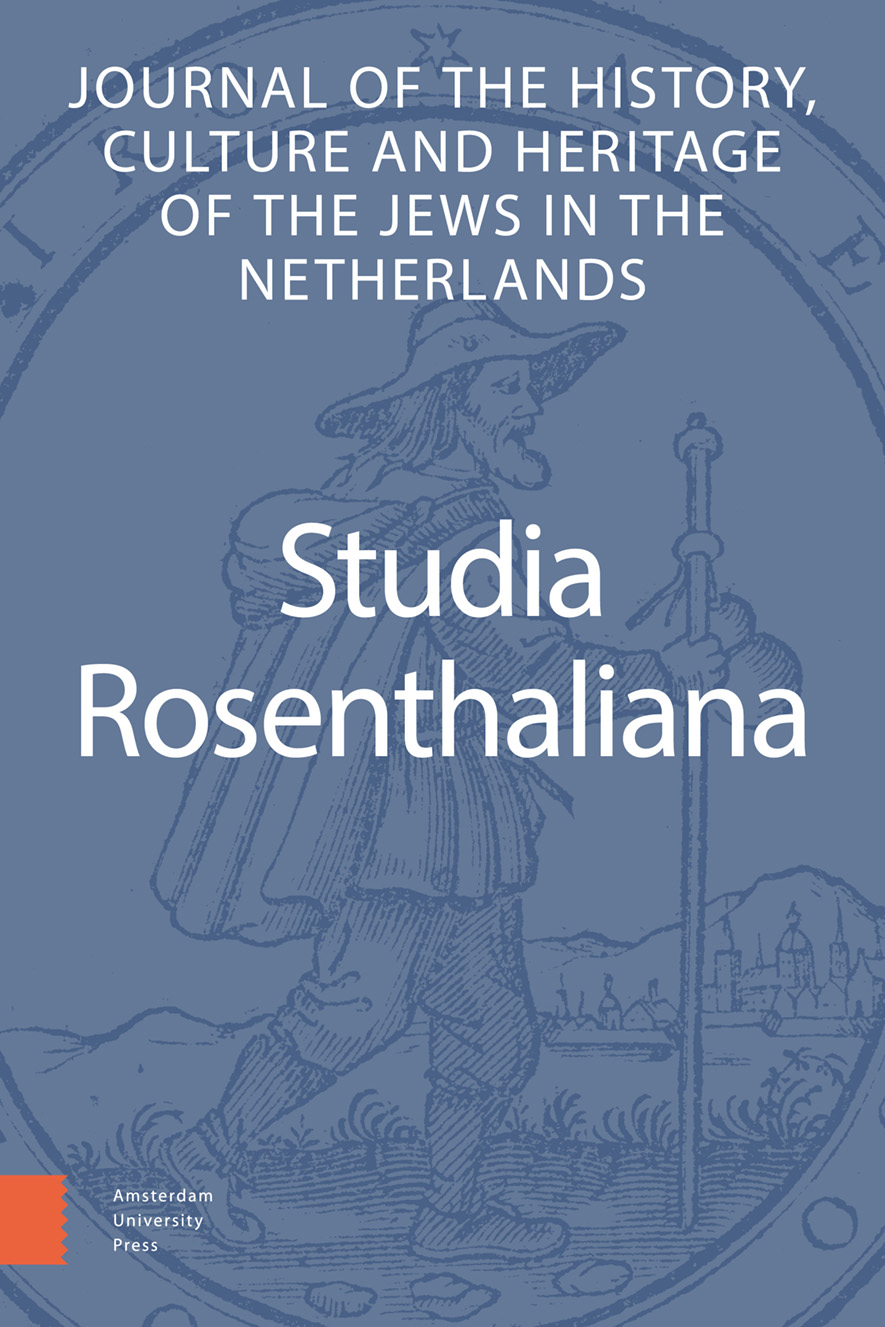-
oa Establishing ‘Friendship’, A Dutch-Ottoman Alliance for Trade and Jewish Settlement Rights
- Amsterdam University Press
- Source: Studia Rosenthaliana, Volume 48, Issue 2, Dec 2022, p. 95 - 116
-
- 01 Dec 2022
- Previous Article
- Table of Contents
- Next Article
Abstract
In July 1612, the Dutch Republic signed a capitulation with the Ottoman Empire referred to as ‘the friendship’, which established an important trading relationship for the Dutch in the region. This article points to the contribution of Constantinople’s Jewish community in establishing this trade agreement by connecting the alliance to the request for Jewish settlement in the Republic that was filed shortly after. On 26 October 1612, Lambert Verhaer, the right-hand man of the Dutch consul Cornelis Haga (1578-1654) in Constantinople, presented a request with the States General for ‘Jews or Portuguese’ to settle freely in the United Provinces under the protection of the Dutch rulers. Using letters sent between Constantinople and the Dutch Republic, the present article reconstructs these events that manifest that Jewish settlement in the Dutch Republic was not solely locally constructed but the sum of Sephardic diaspora communities’ efforts. Additionally, this article includes an anonymous, undated and unpublished letter from the Ets Haim Library (EH 48 A 03 11) on Dutch provincial Jewish settlement.


